The Eternal City of Rome has been entrancing visitors for ages. Rome’s many attractions, including the Colosseum, Vatican City, the Trevi Fountain, and the quaint Trastevere neighborhood, never cease to awe and amaze. Rome is a feast for the senses thanks to its extensive cultural heritage (including art, architecture, and food).
Whether you’re a seasoned traveler or visiting Rome for the first time, this guide will help you make the most of your time in the Eternal City. We’ve thought of everything, from where to stay and what to see to what to eat and drink.
Let’s launch into your Roman adventure right away!
Where to Stay in Rome
Rome has numerous hotel alternatives available to visitors of varying budgets and tastes. There’s a wide variety of lodging options in the city, from five-star hotels to quaint inns to inexpensive hostels.
Some of Rome’s most desirable residential areas include the following:
Centro Storico
Tourists flock to Rome’s historic center since it is where the city’s most famous landmarks and attractions can be found. You can easily reach the Colosseum, the Pantheon, the Trevi Fountain, and the Spanish Steps on foot if you stay in the Centro Storico. Also well-known are the many bars, clubs, and restaurants, as well as the high-end boutiques that can be found here.
Pros:
- Placed in the middle
- Convenient proximity to key points of interest
Cons:
- The rowdy environment, often noisy and crowded
- Costs may be prohibitive.
Trastevere
Trastevere is the best place to stay in Rome if you want to get a true taste of the Eternal City. Trastevere, a neighborhood on the other side of the Tiber River, is quaint with its small cobblestone alleyways, colorful buildings, and bohemian atmosphere. Excellent dining and nightlife options abound in this neighborhood, making it a pleasure to stroll around on foot.
Pros:
- A delightful ambiance
- Real life in ancient city
- Fantastic Dining and Nightlife
Cons:
- A bit out of the way compared to some other areas
- It may be too loud to sleep through at night.
Monti
Between the Colosseum and Termini station sits the hip area of Monti. Hipsters flock here for the antique stores and the street art. It’s also filled with great places to eat, drink, and relax. The Colosseum, the Roman Forum, and Piazza Venezia can all be reached on foot from a hotel in Monti.
Pros:
- Stylish ambiance
- Convenient proximity to key points of interest
- Fantastic Dining and Nightlife
Cons:
- Often noisy and crowded
- Costs may be prohibitive.
Best Hotels in Rome
What to See in Rome
The city of Rome is rich in artistic and cultural treasures. It can be difficult to choose which of the numerous famous landmarks and attractions to visit to see them all. Some of Rome’s best attractions are listed here.
The Colosseum
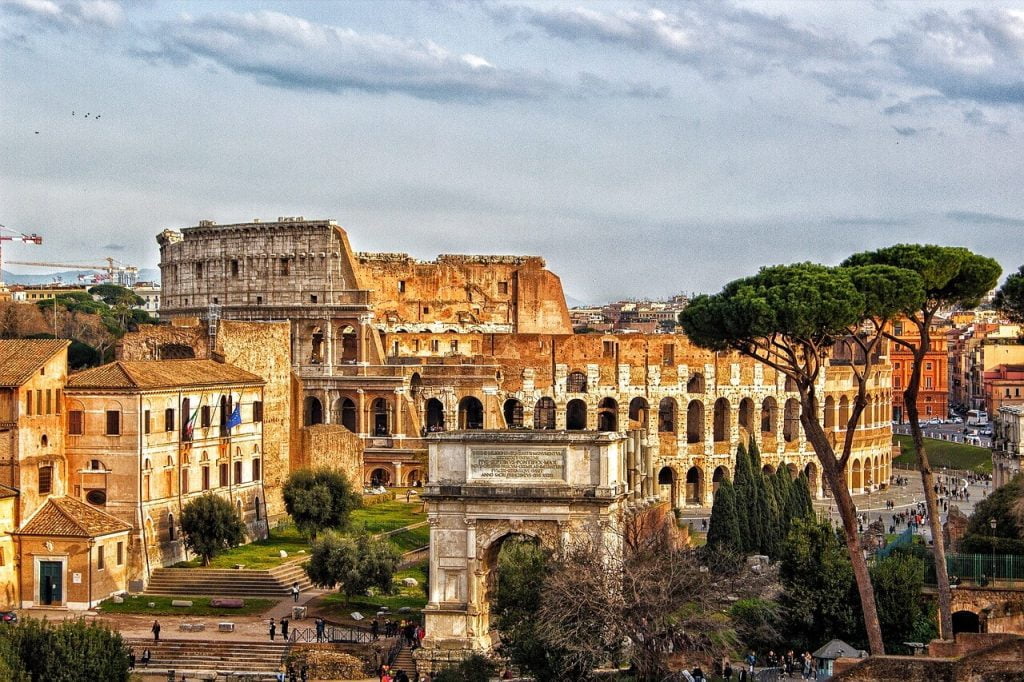
The Colosseum is the city of Rome’s most recognizable landmark and a global icon. This old amphitheater is a must-see for any history or architectural buff, as it was formerly utilized for gladiatorial combat and public shows. The Colosseum can be reached by foot or public transportation from anywhere in the city. If you want to avoid waiting in line, buying tickets in advance is a good idea.
The Vatican City
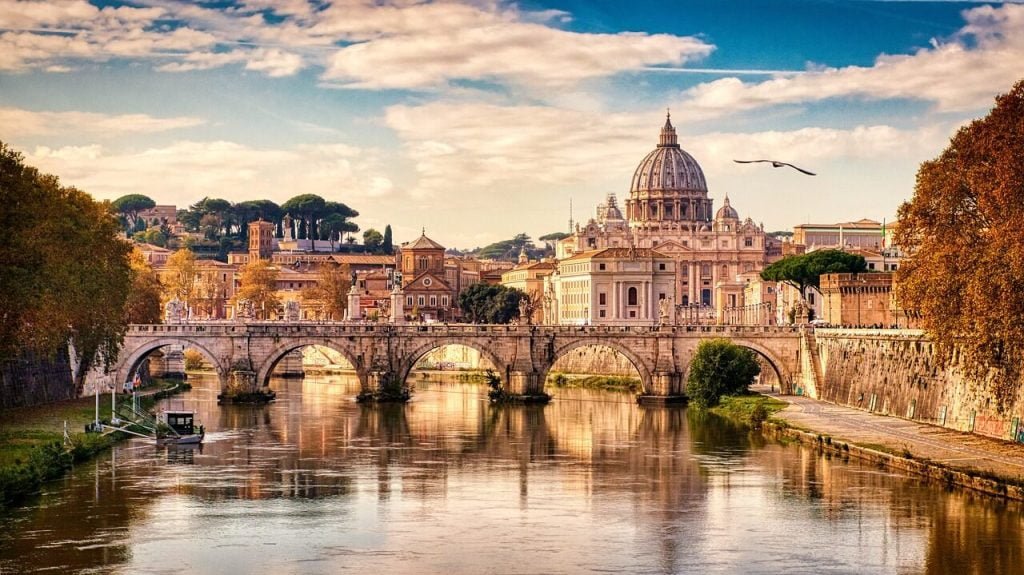
The Vatican City is the world’s smallest country and a self-governing city-state within Rome. St. Peter’s Basilica, the Sistine Chapel, and the Vatican Museums are just a few examples of the world-famous art and architecture that can be seen in this sacred city. If you have any interest in religion, art, or history, you just must visit the Vatican.
The Pantheon
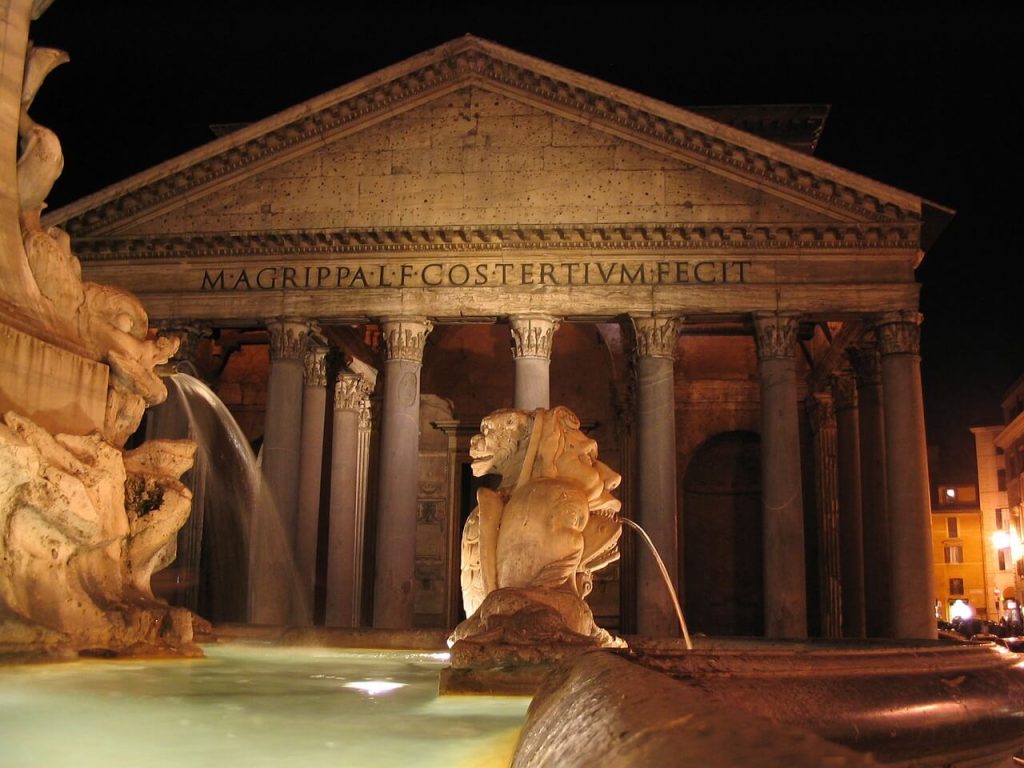
The ancient Romans erected a beautiful temple called the Pantheon to pay homage to every deity known to them. Its huge dome and majestic columns have made it one of Rome’s most recognizable landmarks for centuries. The Pantheon is a free attraction in the Centro Storico.
The Trevi Fountain
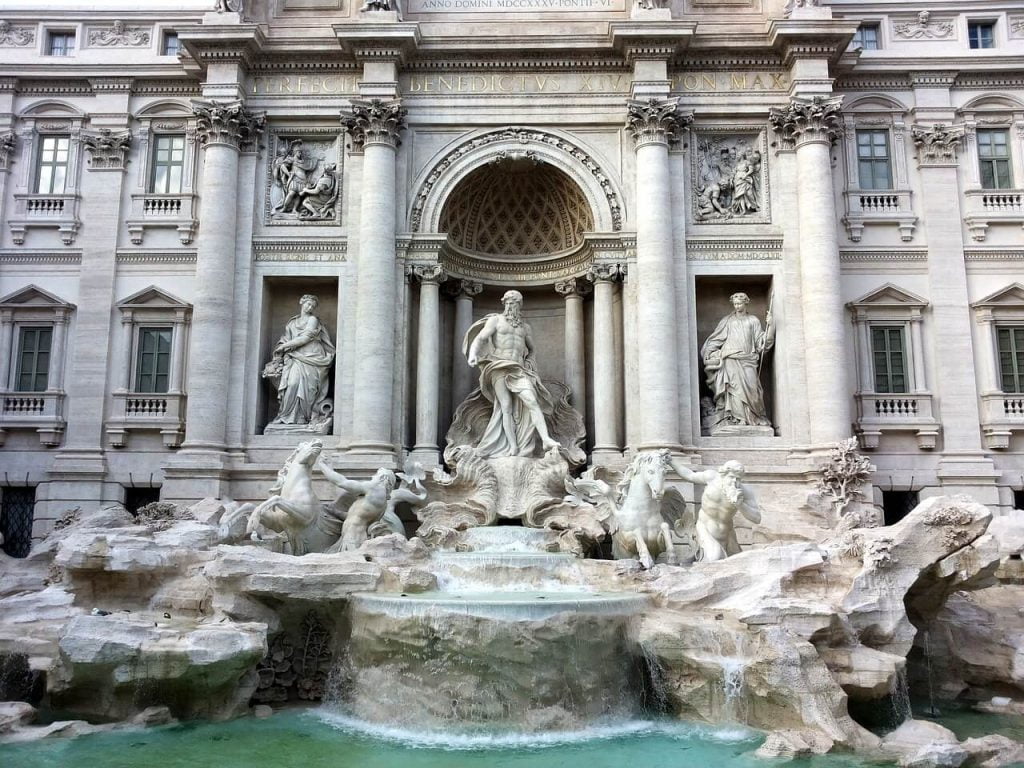
A trip to Rome wouldn’t be complete without seeing the Trevi Fountain, widely regarded as one of the world’s most stunning water features. Tossing a coin in the water near this Baroque masterwork depicting the sea god Neptune is supposed to bring the tosser good fortune. The Trevi Fountain is within walking distance from anywhere in the Centro Storico.
Book Attraction Tickets
What to Eat and Drink
The cuisine and wine of Rome are world-famous, making it a heaven for gourmands. Everyone’s tastes may be satisfied in Rome, from pizza and pasta to gelato and cappuccino. Some of the best local dishes and beverages are listed here.
Pizza
In Rome, pizza is a staple food, and there are many different kinds to try. Pizza al taglio, with its thin crust and sold by the pound, is the most well-known type of Roman pizza. The classic Margherita pizza, topped with tomato sauce, mozzarella, and fresh basil, is another option.
Pasta
Spaghetti Like pizza, pasta is a mainstay in Italy, and Rome is home to several excellent pasta dishes. Carbonara, a staple Roman pasta dish, is made with spaghetti, pancetta, eggs, and cheese. Cacio e pepe, made with spaghetti, Pecorino Romano cheese, and black pepper, is another must-try pasta.
Gelato
Have some authentic Italian ice cream, or gelato, while in Rome. The city is filled with gelaterias, and the greatest of them use only natural, fresh ingredients to make their delicious treats. Pistachio, hazelnut, and chocolate are three of the most well-liked flavors.
Espresso
When in Rome, you must try the local specialty, espresso. Espresso is the ultimate pick-me-up after a long day of sightseeing because it is concentrated, served quickly, and consumed from a small cup. Sant’Eustachio Il Caffè and Tazza d’Oro are two of the finest espresso bars in Rome.
Tips for Traveling
Although Rome has a lot to offer, it may be too much for first-time tourists to take in everything at once. To make the most of your vacation, consider the following:
- Rome is a city best visited on foot, so be sure to pack shoes that are suitable for walking on cobblestone streets.
- Rome is a city steeped in history and culture; as such, visitors should be sensitive to the city’s norms. When attending a place of worship, please dress appropriately and refrain from making any unnecessary noise or disturbances.
- The best method to move around the city is to take advantage of the city’s excellent and inexpensive public transportation system. You can get to all the major attractions using the subway, buses, or trams.
- Pickpockets abound in Rome, as they do in any city with a sizable tourist population. Keep your valuables close and your eyes open, especially when you’re in a crowded environment.
- Rome is a famous tourist destination, so avoid going during the busy summer months. Avoid the high prices and large people by traveling between November and March, the low season.
- Learn some Italian:: While English is widely spoken in Rome, it’s still important to learn a few key words in Italian to make the most of your time there.
Pros and Cons of Using a Travel Guide
While a trip to Rome certainly has the potential to be both exciting and memorable, it can also be very daunting when it comes to figuring out how to get around the city. There are advantages and disadvantages to using a travel guide:
Pros Of a Travel Guide
- Time is money, so use a travel guide to make the most of your visit to Rome.
- Gives you the lowdown: You can’t always rely on Google to find the best restaurants, bars, and attractions, but a decent travel guide can point you in the right direction.
- Benefits from: It’s not unusual to find travel guides in a compact format that fits neatly into a purse or back pocket.
Cons Of a Travel Guide
- Can be quite pricey: Some travel guides are cheaper than others, but they all vary in their depth of coverage. The cost of hiring a guide could end up being greater than the cost of the rest of your trip combined.
- Perhaps out of date: While most travel guides are routinely updated, certain details may be out of date. Verifying details on the internet or with natives is always a smart idea.
- Adhering too closely to a trip guide can stifle your ability to improvise and explore on the fly. It’s vital to make place for new learning and adventures.
Frequently Asked Questions
What’s the best time to visit Rome?
Shoulder seasons (April–June and September–October) have warm weather and less tourists, making them the ideal times to visit Rome.
Do I need to book tickets to the Colosseum in advance?
To prevent waiting in huge lines, it is advised that visitors purchase Colosseum tickets in advance.
What’s the best way to get around ?
The metro, buses, and trams are the most convenient ways to get around Rome.
What’s the currency used in Rome?
The currency used in Rome is the Euro.
To Conclude
For those with an appreciation for the finer things in life, such as art, architecture, and history, a trip to Rome is an absolute must. The ancient remains of the Colosseum and the Baroque splendor of the Trevi Fountain ensure that visitors visiting the city will find something to their liking. Take your time to enjoy the sights, sounds, and smells of this exciting city, whether you consult a guidebook or venture out on your own.
The Travel Guide to Rome is a great resource, but be sure to leave some wiggle space in your itinerary for unplanned excursions and discoveries. It is imperative that you always keep your valuables hidden and that you respect the local customs and traditions. You can enjoy a delightful and memorable journey to one of the world’s most beautiful cities with the help of these ideas and the Travel Guide to Rome.

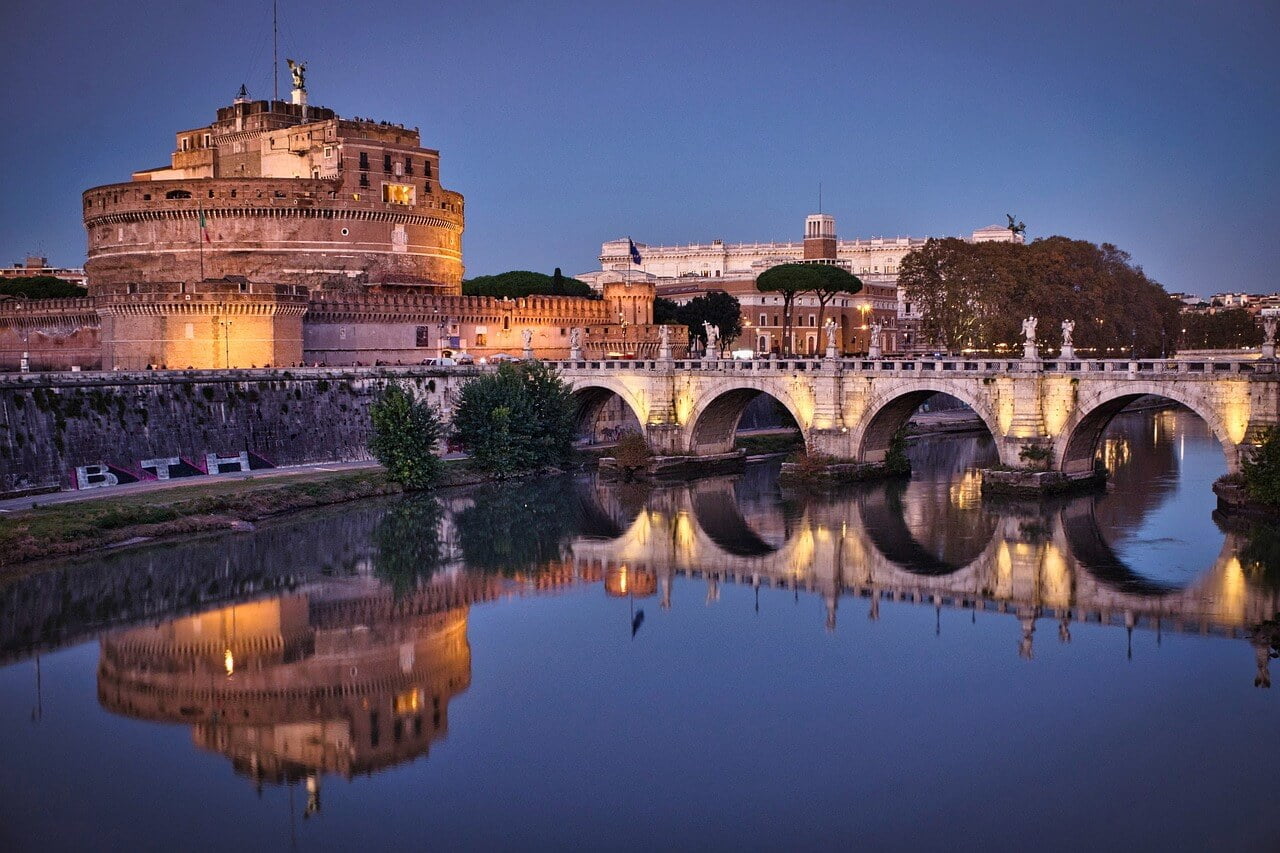
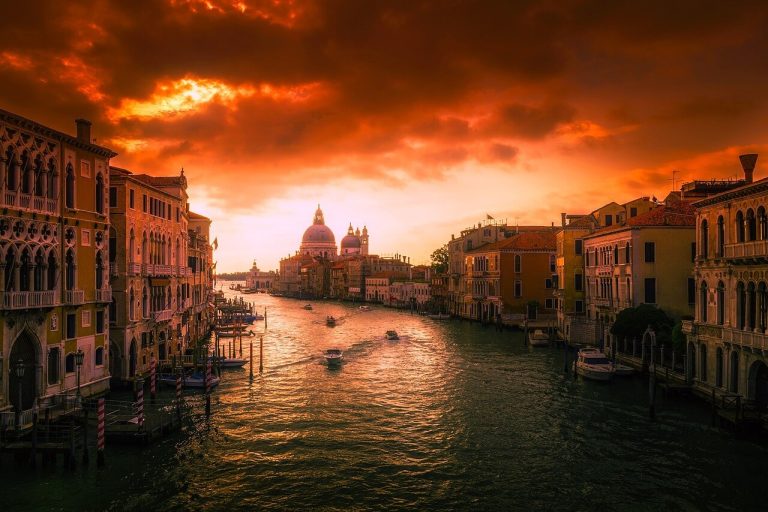


+ There are no comments
Add yours